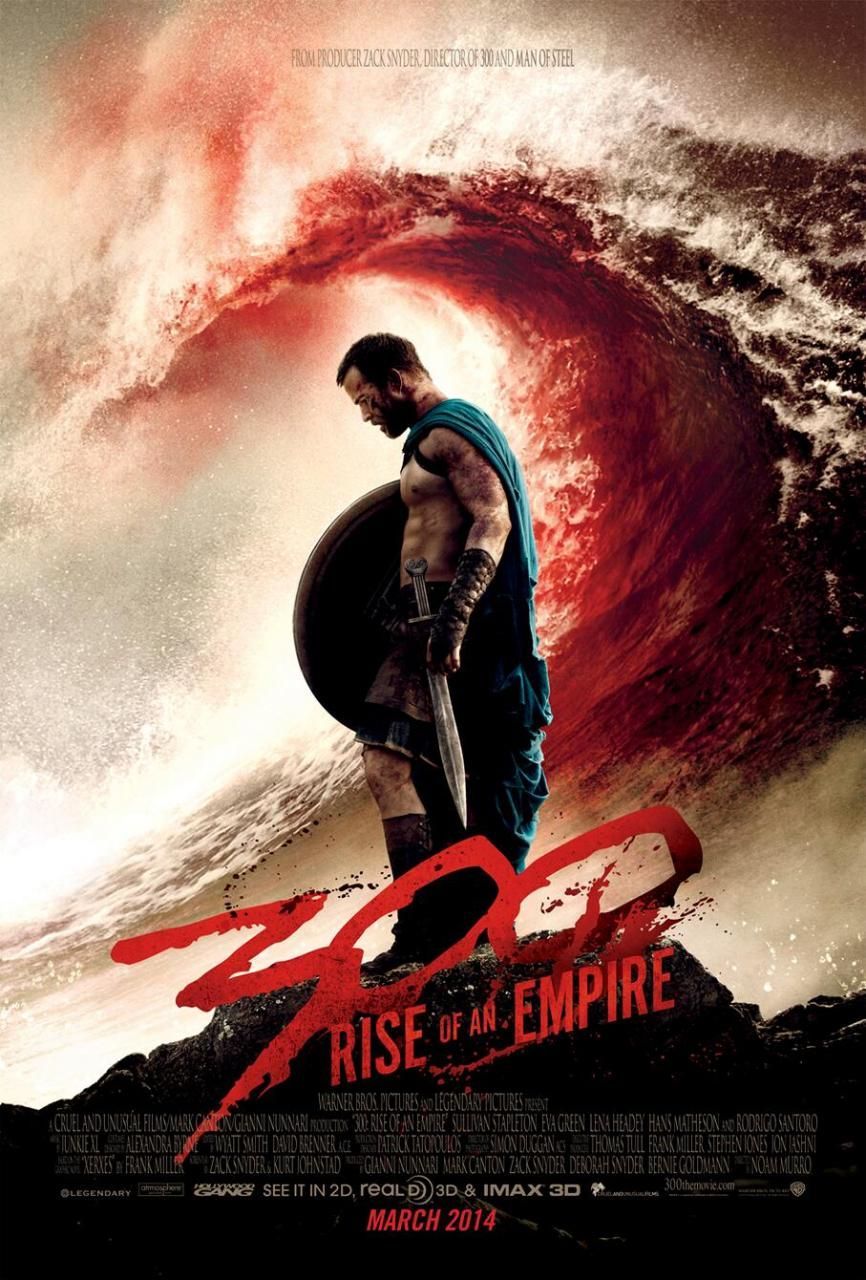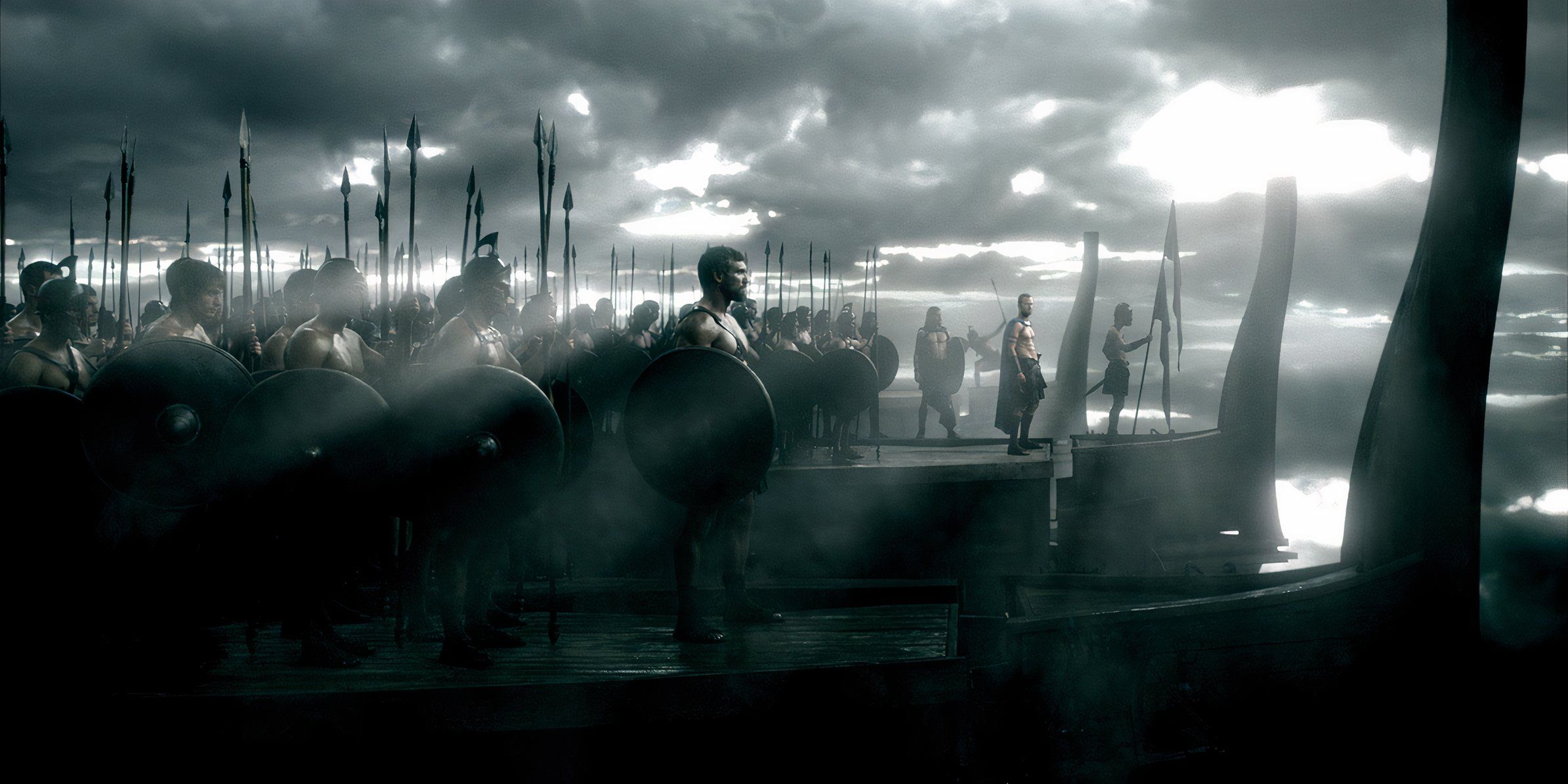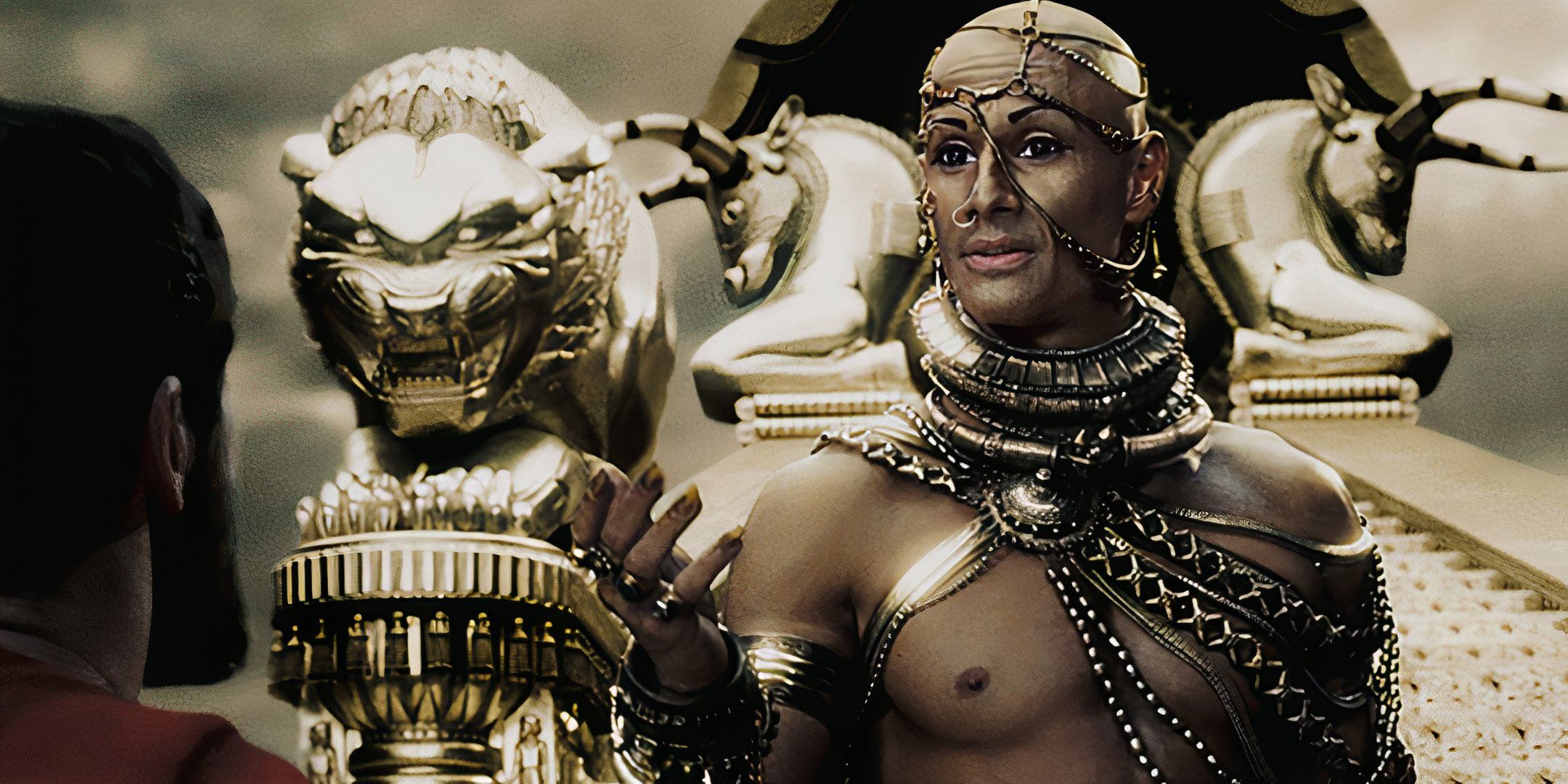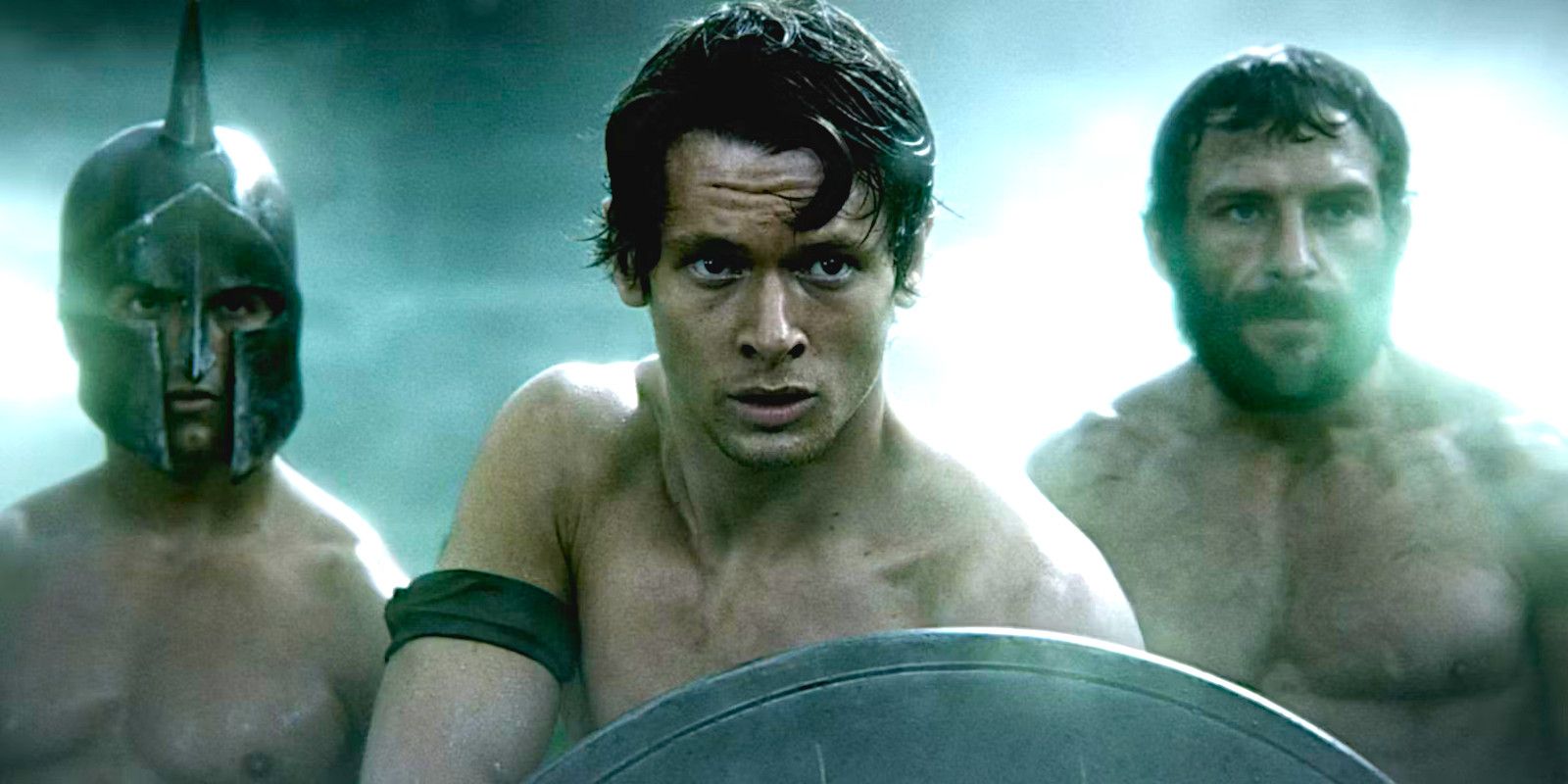300: Rise of an Empire
Summary
As far as historical epics go,300 : cost increase of an Empireis among the most stylistically sheer movies in the genre , but not needs the most precise . ascent of an Empireacts as both a sequel to300 , the story of the Battle of Thermopylae , and a complimentary tale about some conflict that were bump at the same time . Now thatZack Snyder is considering another300sequelset in a dissimilar clock time menstruum , see how well300 : raise of an Empireportrayed its moment in history could give brainwave into how the next installment will deal with its discipline .
300 : ascent of an Empirelargely focuses on two of the most important fight of the Greco - Persian War : the Battle of Artemisium and the Battle of Salamis . As they were veridical historical outcome , there are passably reliable record of what happened in each of those battles.300 : Rise of an Empireshares some of the samehistorical inaccuracy that plagued300 , but it understandably had to take some creative liberties with the struggle to craft a more compelling narrative . While the last production was compelling , the real event themselves also offered a very interesting tale on their own .
Zack Snyder ’s stylish historical epic features some slap-up fight tantrum , but it ’s the many 300 quotes that make Leonidas and his Spartans so memorable .

The Battles In 300: Rise Of An Empire Took Place In The Same Year As 300
Thermopylae, Artemisium, & Salamis All Took Place In 480 BCE
The timeline of300 : advance of an Empirecan sometimes be confusing , but it ’s a jolly important part of both the movie and the actual state of war . Every main struggle in the movie take place in the same twelvemonth , 480 BCE , during Xerxes ' first invasion of Greece . That ’s also when the Battle of Thermopylae took home , as shown in300 . Importantly , the Battle of Thermopylae and the Battle of Artemisium took place concurrently , which was a major gene at Artemisium . Meanwhile , the Battle of Marathon , as the moving picture suggested , remove place long before the principal event of the motion picture , in 490 BCE .
Timeline of the Greco - Persian War
outcome

Custom image by Angelica Sarah V. Jimenez
Year
struggle of Marathon
490 BCE

Based on Frank Miller’s latest graphic novel, “Xerxes,” 300: Rise of an Empire follows greek general Themistokles' attempts to unite all of Greece by leading the charge that will change the course of the war. The movie pits Themistokles against the massive invading Persian forces led by mortal-turned-god Xerxes and the deadly Artemisia, the vengeful commander of the Persian navy.
Battle of Thermopylae
480 BCE
Battle of Artemisium

struggle of Salamis
The Persian Invasion of Greece Ends
479 BCE

The Greco - Persian War Ends
449 BCE
300: Rise Of An Empire Featured Mostly Athenians, While 300 Focused On Spartans
Athens Had The Strongest Navy In Greece, But The Fleet Consisted Of Several City States' Ships
understand the political makeup of Ancient Greece is decisive to understand the Greco - Persian War . At that time , Greece was made up of several city states that were largely independent and often went to state of war with one another . Two of the most prominent city land were Sparta and Athens , and they essentially play as their own nations , except in times of war . When the Greco - Persian War begin , several city states put their divergence aside , temporarily , and join forces to fight their invaders .
Both300and most of300 : climb of an Empireare set during the early days of Xerxes I ’s intrusion of Greece . As such , Thermopylae and Artemisium served as the Greeks ' first lines of defence , and where they intend to carry the Persians to preclude them from advancing further . Sparta and Athens , being dissimilar city state , had different strengths . Because of that , they decided that King Leonidas and his Spartans would be send to support by land at Thermopylae , while the Athenians , along with ships from other metropolis states , defended by ocean at Artemisium .
The Battle Of Artemisium Was A Persian Victory
The Greek Fleet Retreated After Learning Of Leonidas' Defeat At Thermopylae
Understanding the Battle of Artemisium also requires a bite of knowledge about the geographics of Greece . Artemisium was chosen as the Athenians ' line in the sand because it was locate at a natural bottleneck , where the Malian Gulf became narrower off the coast of Greece , near the island of Euboea . That ’s an of import fact , because if the Greek fleet could have make that position , they would have in effect block the Iranian ships from reaching the mainland and outflanking the Spartans at Thermopylae .
The Hellenic fleet , however , did not hold Artemisium . There were nearly six Iranian ships for every Hellenic ship in the conflict , and while they were capable to take out about four times as many ships as they lost , the Greeks were eventually forced to retreat . A major reason for that decision was because newsworthiness reached them of Leonidas ' defeat at Thermopylae , the other part of their justificative scheme . With Thermopylae lost , the Hellenic fleet had no reason to hold Artemisium , so they alternatively decided to retreat , save their stay ships , and begin evacuate the universe of Athens to Salamis .
The Battle Of Salamis Was A Decisive Greek Victory
The Greeks Destroyed Seven & A Half Times As Many Ships As They Lost
Shortly after the Battle of Artemisium , the Persians reached the evacuate Athens , reave the urban center , and burned it to the ground . Xerxes then turned his attention to the Greek naval fleet , which he sought to destroy for gain a well place from which to demand surrender from the Greeks . This right away lead to the Battle of Salamis , where the Grecian fleet had fled after Artemisium . The Greeks also hop to finish the war at Salamis , as Themistocles wanted to put down the entire Iranian fleet during the battle .
The Greeks were again outnumbered at Salamis , but this battle ended much more favorably for them . The Greeks had a few major vantage that turn Salamis into a victory even after their defeat at Artemisium . Salamis was much narrower than Artemisium , which made it easier to defend , and they had months to prepare their defence mechanism . When the battle arrived , geography worked in the Greeks ' favor , as the Persian fleet was too big to in effect manuever . That made it possible for the smaller Hellenic fleet to destroy nearly seven and a one-half more Iranian ships than they lose as casualties .
The Greeks Repelled The Persian Invasion One Year Later At Plataea & Mycale
Xerxes' Invasion Of Greece Ended In 479 BCE
The Hellenic triumph at Salamis directly led to the remainder of the 2d Persian encroachment of Greece . After Salamis , Xerxes ' fleet was scattered , and it take him a full year to fully regroup his personnel . In that meter , the Greek city res publica were able to better transmit amongst each other and coordinate their efforts . The Persians would assault again the following yr , most notably at Plataea and Mycale , but these battles would tag the end of their invasion of Greece , as they evidence to be critical Greek victories .
The Greeks Then Attacked The Persians For Another 30 Years
The Greco-Persian War Ended In 449 BCE
The Greeks repel the Iranian encroachment in 479 BCE , but the Greco - Iranian war lasted another 30 years after Plataea and Mycale . The reason it dragged on so long is because , rather than being contented with successfully fight down their home , the Greeks or else decided to go on the offensive . finally , after 30 old age , the Persians and Greeks were able to agree on a peace . There ’s some contention as to how the war actually ended , and whether there was a formal heartsease treaty known as the Peace of Callius , but the Greco - Persian War ended nonetheless .
How Accurate 300: Rise Of An Empire Is Compared To Real Events
Most Of 300: Rise Of An Empire’s Historical Inaccuracies Are With Its Characters
broadly speaking speaking,300 : Rise of an Empiregenerally follows the timeline and events of the genuine Greco - Persian war . The timeline of all of its conflict , from Marathon to Salamis , is exact . The outcomes of each of300 : raise of an Empire ’s fight are also exact , though some major details were dissimilar in history . Artemisium , for deterrent example , was not as annihilating a defeat as the movie advise , and the Spartan fleet at Salamis was not nearly as declamatory as testify in the film . Additionally , Artemisia was only one of many Iranian commanders , as she controlled a small fleet of five ship .
While it ’s a reasonably accurate portrait of chronicle with several added narration elements , most of its historic inaccuracies make out from300 : Rise of an Empire ’s characters . A glaring modification the picture made is that , in real life , Themistocles did not stamp out Darius I at the Battle of Marathon , he croak four years later of unwellness . The most flagrant change300 : Rise of an Empiremade to the historical platter stemmed from that inaccuracy , as Xerxes did not truly become a " God - King . “There are also extra , littler detail the movie shift , such as the fact that Themistocles and Artemisia never had a sexual family relationship .
300 : salary increase of an Empireis somewhat of a sundry bag in terms of how it treats its historical material body , but even with the inaccuracy , it also fetch a fair amount of their stories right . For example , Themistocles really was a political leader , and he was responsible for the strength of Athens ' navy . Artemisia also really was a Greek Queen who ally with Xerxes , though not to the same extent as her movie twin , and she was the only fair sex to be a commander in the Greco - Persian War . account is often more interesting than fable , though300 : Rise of an Empiresometimes blended the two together .

root : Encyclopedia Britannica , BBC
Your Rating
Your remark has not been saved
Cast
Based on Frank Miller ’s late lifelike novel , " Xerxes , " 300 : rising of an Empire espouse greek universal Themistokles ' effort to unite all of Greece by take the charge that will change the course of the warfare . The motion-picture show pits Themistokles against the massive invading Iranian forces led by mortal - turned - god Xerxes and the deadly Artemisia , the vengeful commanding officer of the Iranian navy .



